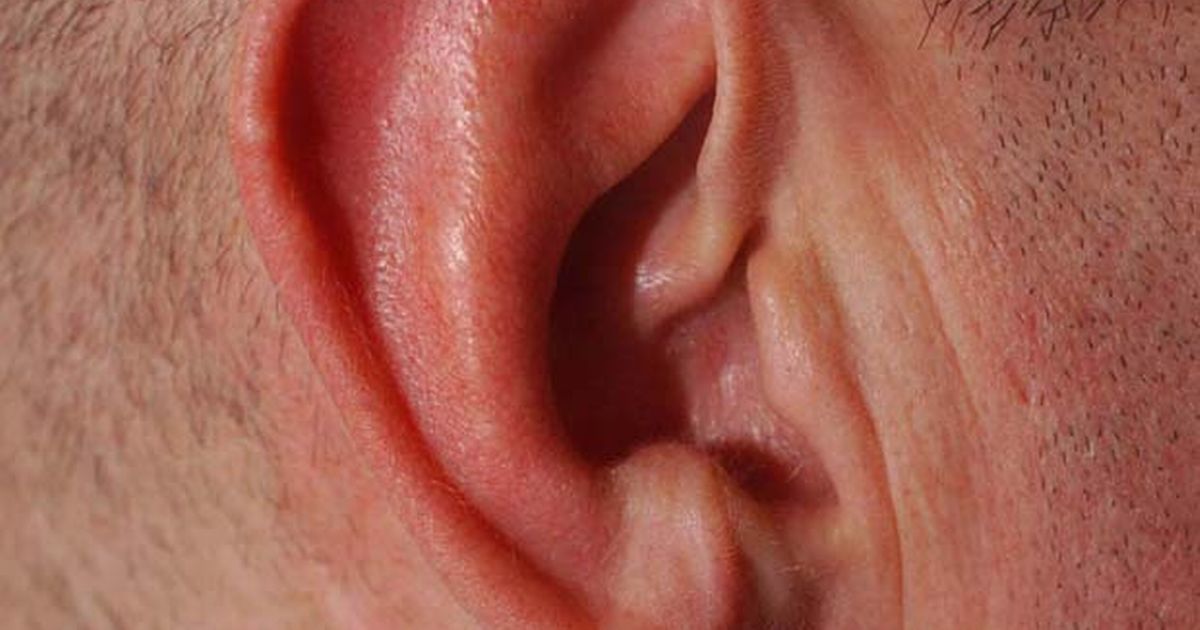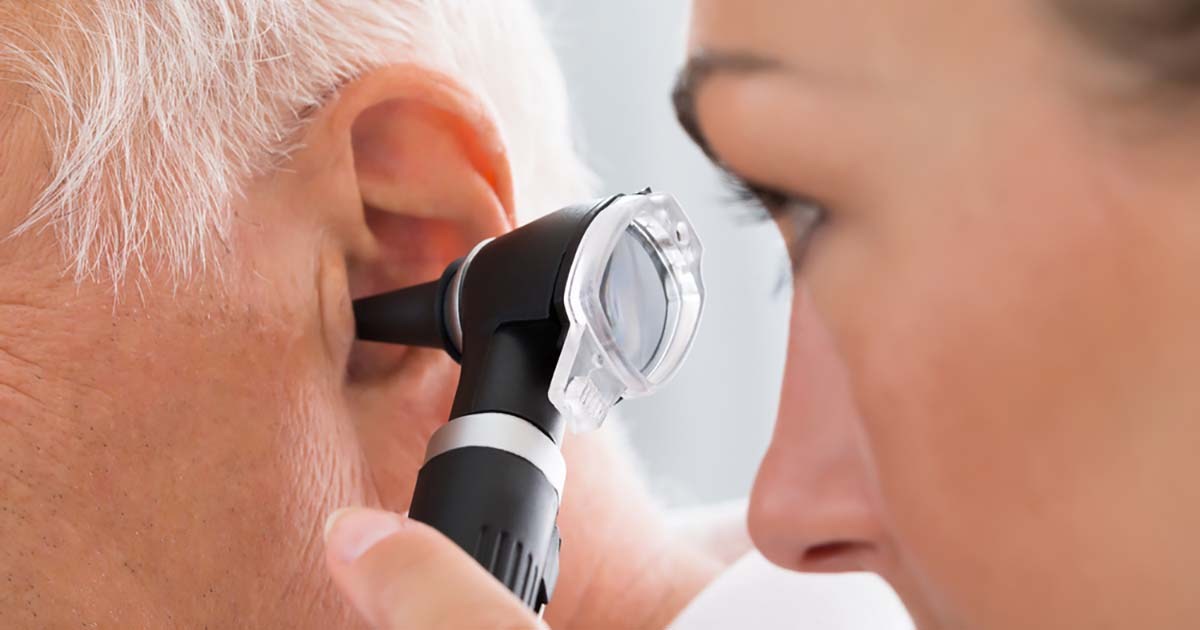Causes And Risk Factors For An Ear Infection
An ear infection occurs when there is inflammation. It is a viral infection that mostly affects the middle ear and occurs when fluid builds up behind the eardrum and tissues behind it. This happens when air does not reach to the middle ear. The fluids from the throat and nose are suctioned into the middle ear. This infection happens to individuals of all ages, but it mostly occurs in young children. This is because the child is still in the maturing stage and the immune system is developing. Therefore, their small ears do not drain the fluid. The tubes get swollen, and the fluid cannot be removed.
Look at the causes of ear infections now.
Inflammation In The Ear

The ears are a sensitive part and should be well taken care of at all times. Swelling in the ear involves the middle inner ear where the inflammation takes place close to the eardrum. Swelling up and bulging on the area is an indication you have an inflammation in the ear and should be treated. The swelling in the ear blocks the Eustachian tubes, preventing air from reaching the middle ear. It then welcomes bacteria and viruses that lead to infections. The symptoms of inflammation include pain in the ear, high temperature, and discharge from the ear. The inflammation is medically known as otitis media. It starts with primary infections like sore throats and colds and later leads to the swelling in the ear. It can be chronic and can lead to loss of hearing and respiratory problems if the early symptoms are not taken care of and addressed.
Keep reading for more information on causes of ear infections.
Fluid Buildup In The Ear

Since the Eustachian tube connects the throat with the middle ear, any germs and fluids that enter the body through the nose or were in the throat could be suctioned into the middle ear causing fluid buildup in the ear. The fluids may contain components that lead to the infection. The canal prevents build up and pressure in the ears when it's opened up. When it’s swollen, the fluid buildup in the ear cannot be drained until a doctor checks on the infected area and releases the fluid professionally.
An otoscope is used to measure the extent of the damage inside the inner ear. The fluid buildup is one of the symptoms that cause discharge of fluids through the ear. To diagnose a problem regarding the ear, an otoscope blows air into the ear. If the eardrum is moving back and forth, it is behaving normally. If there is no movement back and forth, the eardrum is filled with fluid and therefore needs more attention. Taking the medication provided by the doctor will clear up the fluid from the ear. All the symptoms will soon disappear with it after treatment.
Continue to learn more information about the causes of ear infections.
